The first of hopefully several posts detailing how ship settings work in hockey zone, and how they have changed over time
The Basics
You jump in your ship, press the arrow keys (or WASD if you are so inclined) and away your ship goes, so it can’t be that complicated, right?
There are three elements to how your ship moves: how fast it accelerates, the top speed cap, and how quickly it can rotate. Today we will be ignoring rotation and just thinking about how a ship moves in a straight line.
Starting from rest, if you press and hold the up arrow, your ship will accelerate at a steady rate until you hit a speed cap. This speed cap is InitialSpeed in the server settings.
The warbird has the highest InitialSpeed at 332.5 pixels per second; the leviathan is the lowest skater ship at 295 pixels per second; goalies are capped at only 172.5 pixels per second.
The acceleration rate is given by InitialThrust (note: do not confuse the “thrust” settings with what we colloquially call thrusting in the game, more on this below). Thrust is quite “granular” because of its units in the settings file, and small changes can cause relatively large effects compared to other settings. Thrust is the most important factor for deking, much more impactful than the small variations in ship rotation.
The warbird has the highest skater acceleration at 210 pixels per second2; the javelin and leviathan are tied for the lowest at 160 pixels per second2; the goalie ships have the best at 320 pixels per second2. This means that skaters take around a second and half to reach the speed cap, while goalies hit the cap after just over half a second.
Afterburners
If you hold the shift key at the same time as the forward or backward arrow, this engages “afterburners” (we colloquially call this thrusting, a misnomer which frequently causes confusion when discussing the Thrust settings). 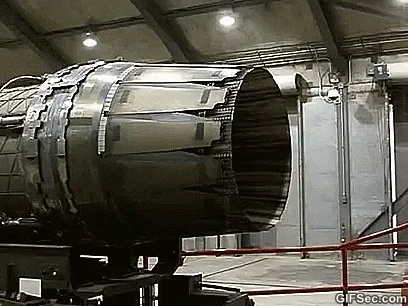
Using Afterburners costs Energy, and I’ll explore this further in another post.
As soon as you use Afterburners, your acceleration and top speed cap change to higher values. The acceleration with Afterburners is MaximumThrust in the server settings, and the new speed cap is MaximumSpeed.
The increase to the speed cap with Afterburners is roughly proportional for all skater ships, giving a 15% boost. The increase to acceleration varies more: only 35% for the spider compared to 50% for the javelin and leviathan. Goalies have a much more impactful use of Afterburners for their diving saves, giving a 75% boost to the speed cap and 84% boost to acceleration.
If you disengage Afterburners by releasing shift or running out of energy, your ship’s speed will instantly snap back to the lower speed cap if you were over it, you do not go through a deceleration process.
Ideal Afterburner Usage
If you imagine an infinitely long race track, to cover the greatest distance in a straight line it is best to use Afterburners in long bursts, going from full energy to 0 energy to give as much time flying at the higher MaximumSpeed cap as possible, and then recharging back to full energy before deploying Afterburners again.
If you are starting from any speed below the InitialSpeed cap, then a small burst of Afterburners to get going and then recharging is the best strategy. You want to hit full energy just as you get to the InitialSpeed cap. If starting from rest, this equates to about half a second of Afterburners. This knowledge may help more people challenge the indomitable Stryke in the All Star Speed Event! Using this strategy rather than blowing all of your energy out of the starting gate gives a 13 pixel advantage.
Practically speaking, the rink is too short to apply this to many circumstances in a normal hockey zone game outside of chasing a breakaway.
Ball Carry Penalty
When you are in possession of the puck, both acceleration and speed are reduced.
FlaggerSpeedAdjustment reduces both InitialSpeed and MaximumSpeed caps by 10 pixels per second. This works out as a reduction of about 3%.
FlaggerThrustAdjustment works similarly for InitialThrust and MaximumThrust, reducing it by 10 pixels per second2, which works out as between 3% and 6% depending on the ship.
This Ball Carry Penalty used to apply equally to all ships, but since Season 17, goalies have had a custom FlaggerThrustAdjustment of 50 pixels per second2, which is an 8% reduction to MaximumThrust and nearly 16% reduction to InitialThrust. At the same time, the Ball Carry Penalty to the Speed caps was removed for goalies.
Since Season 21 both warbird and weasel have had the Ball Carry Penalty for Speed and Thrust removed entirely, so move just as fast with the puck as without.
The Ball Carry Penalties for those ships that still have them are relatively small: in RSFL the Ball Carry Penalties used are much larger to enable the ball carrier to be chased down rather than sprinting away for a touchdown. However, even though they are mild in hockey, they do help regulate the pace and style of offense. The removal of the Ball Carry Penalties for warbird and weasel combined with the repeated shrinking of the rink will have reduced the amount of midfield play that happens.
In previous settings tests, I came to the opinion that we should consider increasing FlaggerSpeedAdjustment. Changing FlaggerThrustAdjustment is not needed, except possibly bringing back the generic version for warbird and weasel.
How Speed & Acceleration Have Changed
I’ve recently collated hockey zone’s settings changes as far back as Season 10.
For the most part, settings changes involve relatively minor tweaks to Speed and Thrust.
The exception to that is Season 27, which involved a deliberate slowing down of the game as a whole. Originally intended to be a hefty 25% change to combat issues with lag, this was dialed back to around a 10% reduction in Speed and 14% for Thrust. You can still try out the original 25% reduction in ?go slow.
Apart from temporary buffs to every skater ship except the spider in Seasons 30 and 31, we carried on using similar Speed and Thrust settings from Season 27 to the present day:

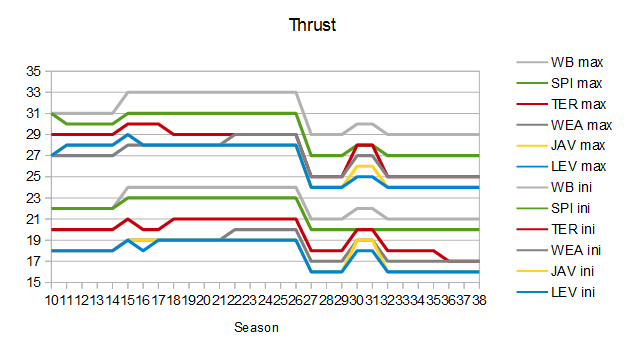
There has been a little change to balance between the ships over the seasons. This is more apparent if the graph is changed to percentage from the mean.
Aside from the temporary buffs in Season 30 and 31, the terrier‘s Thrust has lost ground. The weasel has made relative gains in Thrust:
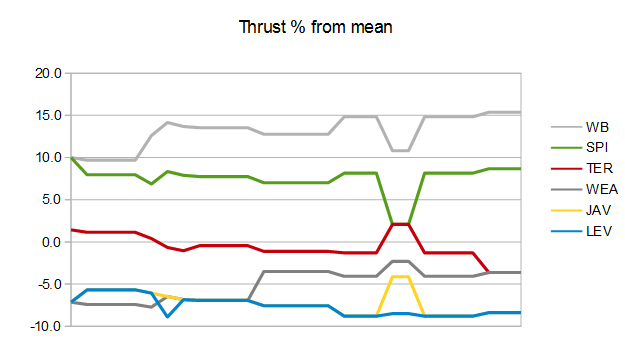
During Seasons 22 to 26, the weasel was temporarily the second fastest for Speed, before being nerfed again:
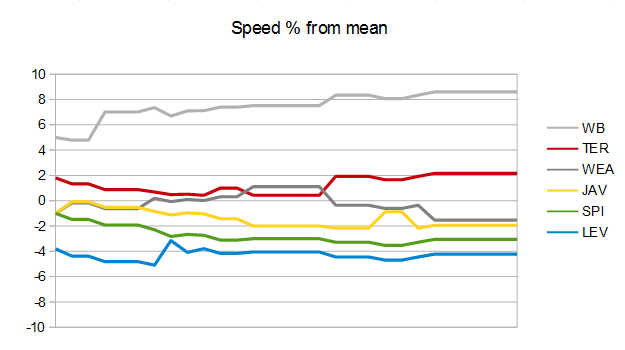
So with the values for Speed and Thrust being so consistent apart from the big slow down in Season 27, you’d expect ships to move at a similar pace between seasons, right?
Well, Speed and Thrust are only part of the story. What also matters is how usage of Afterburners interacts with your ship’s Energy…
Up until the big slow down in Season 27, the warbird got progressive minor buffs which combined allowed it to cover ground faster. The changes in Season 27 only brought the warbird back to what it was in Season 10 in terms of how fast it can move from point to point.
This is best shown by measuring how long it takes for the warbird to cover a certain distance with ideal Afterburner usage. I’ve chosen 100 tiles as a typical hockey zone distance for a breakaway; the whole rink is currently 230 tiles wide West to East.
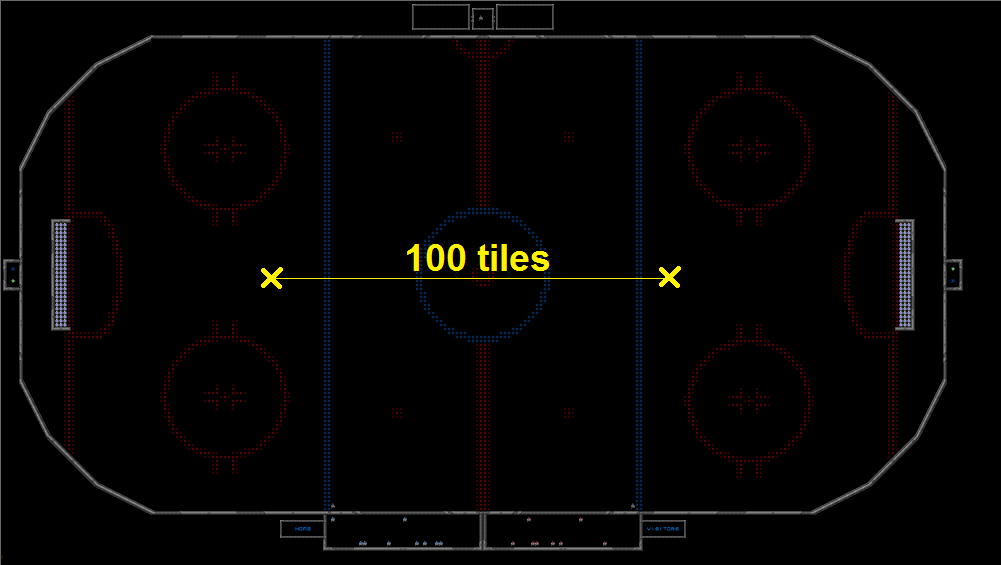
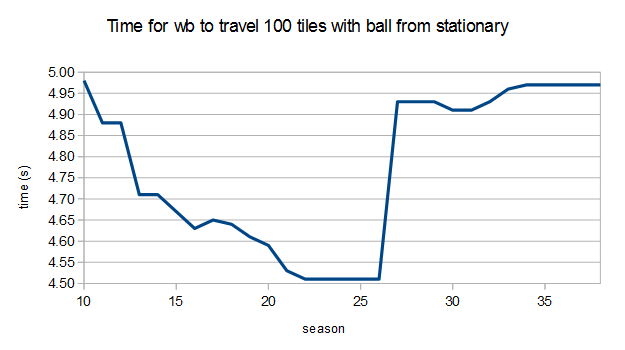
Meanwhile, nerfs to other ships and the removal of the Ball Carry Penalty for warbird necessitates defenders giving more and more allowance to prevent a warbird‘s breakaway.
In Season 10, any ship other than the leviathan would be sure of catching and killing the warbird in the example, even if the warbird had an advantage of a few tiles.
By Season 18, a last-man-back spider would need to leave three and half tiles leeway to be sure of catching and checking the warbird.
Fast forward to Season 32 and that was now over seven and a half tiles.
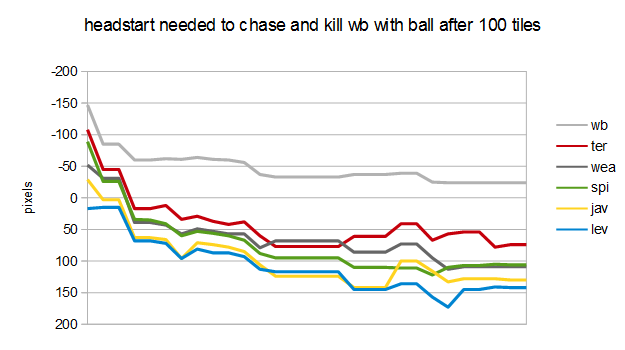
All this means that defenders and midfielders must be much more cautious of crossing the blue line into the offensive zone to be sure of not giving up a breakaway.
Has this increased the castigation of the “D-bitch” position?
Would we see more interesting offensive plays if we increased the Ball Carry Penalty to enable defenders and midfielders to be more involved in the play?
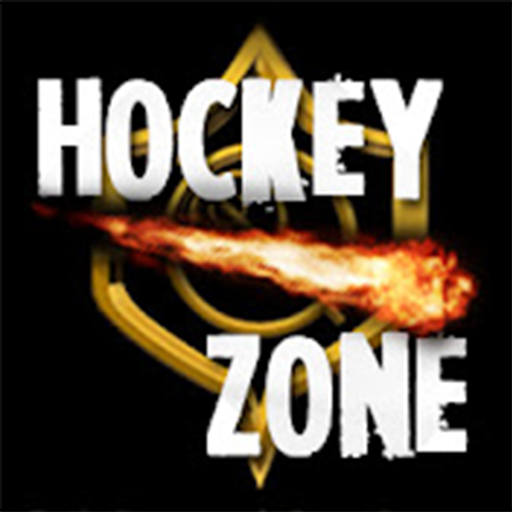
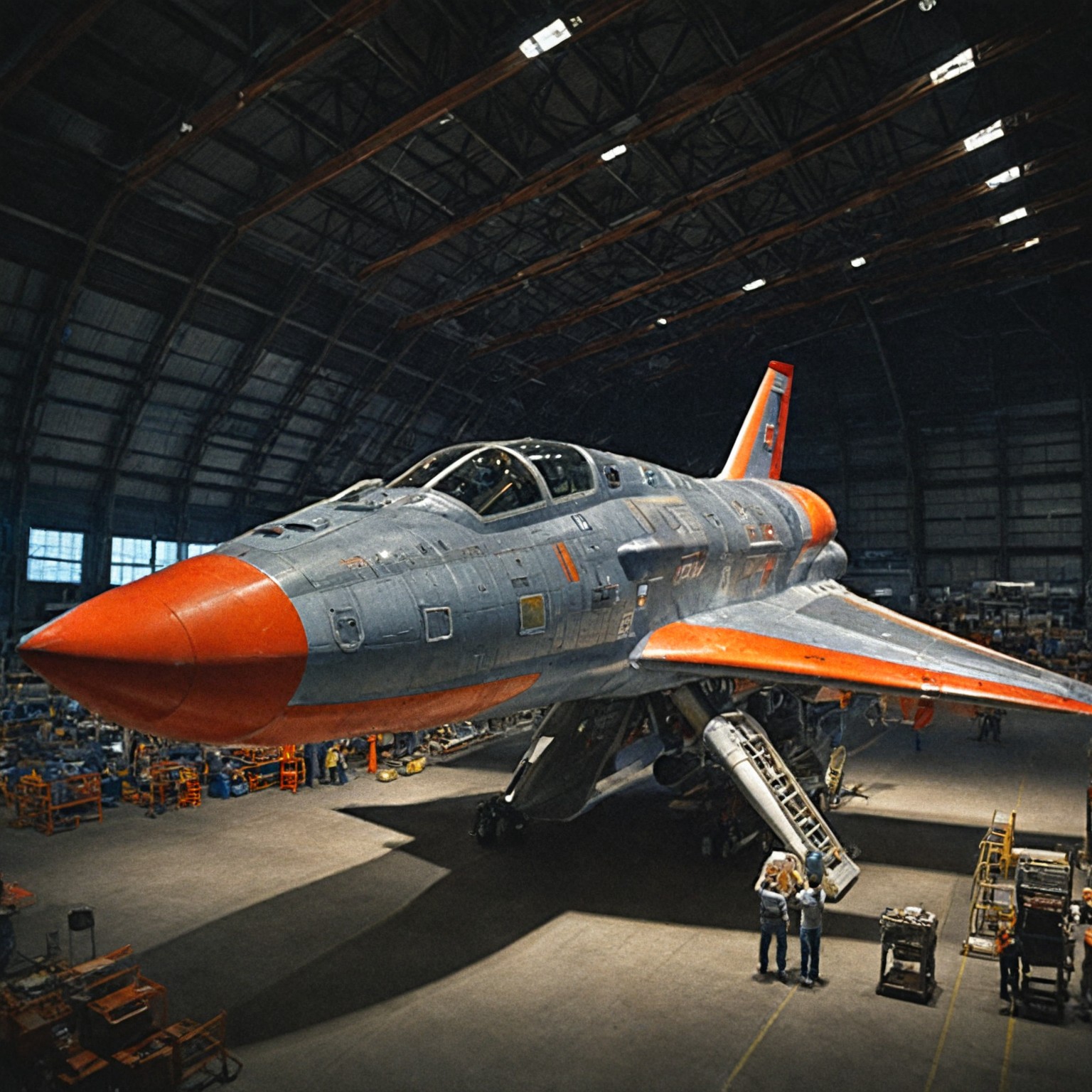
One response to “HZ Under The Hood: #1 How Your Ship Moves”
I had no idea that there were so many settings behind the scenes that impact the usability of a ship. Ball Carry Penalty seems kind of a weird one to me. Also, is there a specific reason why Terrier’s thrust has lost ground? It’s a good all-around ship but it felt a little slow when I played it last season. Wish the old Terrier was back. That said, I think Weasel needs a little buff in that area too. Thanks for the read, Big E!